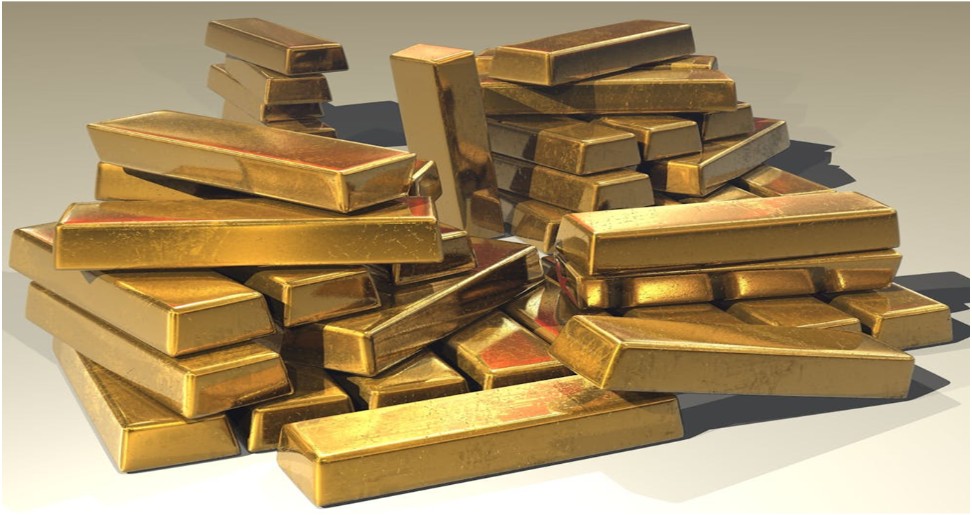Metals of value have always intrigued people since the beginning of civilization. This is because they are beautiful to admire, and have a natural scarcity and high intrinsic demand, and have been the basis of investing for hundreds of years. Now in this article, it’s time to take a closer look at the precedent of investing in precious metals and consider its prospects in such an incredible world of finances.
Precious Metals Throughout History
Gold and silver have played a prominent role in human history, used as:
- Currency: This is evidenced by the early civilizations in which the creation of coins from precious metals institutionalized them as a form of money. These practices persisted for several centuries with the gold standard as the flag bearer for most of them.
- A Store of Value: This is because precious metals hardly get corroded and unlike other forms of currencies or wealth they are scarce and hence can be relied on especially during rise in instabilities such as in the economic or political front.
- A Symbol of Power and Status: Gold and silver encrusted the ornaments suitable for royalty and nobles as their status and economic wealth dictated.
The Rise of Modern Precious Metal Investments
With the decline of the gold standard, precious metals transitioned from a form of currency to an investment asset class. Today, investors can participate in the precious metals market through various avenues:
- Physical Metals: Direct investment includes actual buy gold or pure silver bars which can be used as physical possession. Although it involves giving out a physical asset similar to the stocks, the physical metals which make up gold need to be well secured, and there is insurance, and cost of carriage among others to be considered.
- Exchange-Traded Funds (ETFs): These reflect the price of metals, so the client can invest in precious metals and other related products without owning them.
- Mining Stocks: Buying stocks and bonds in firms that engage in mining and refining of the metals provides an indirect view of the market.
The Future of Precious Metals
The future of precious metal investments is likely to be shaped by several factors:
- Global economic conditions: Some of the valuable metals are considered to be superior to other types of assets during inflation and economic instability. It’s the continuation of the trends toward productivity enhancements and cost reductions that will determine investors’ interest in the future.
- Technological advancements: Such occurrences, for instance, are; emergence of new precious metal reserves and the enhancements of mining technologies among others.
- The rise of digital assets: Investments in cryptocurrencies and other related tokens are seen as a prospect of an alternative asset class. Depending on factors such as investor tastes and preferences, these cryptocurrencies may dominate decision making at some point in the future.
Conclusion
Recognized since antiquity and traditionally referred to as ‘bullion metals’, precious metals historically invested in them have been valued as a store of value and a hedge against uncertainty. The concept of investing is still very dynamic and cannot be predicted in the long run, but it is possible to note that commodities like precious metals will remain a type of investment. Investing in precious metals may be realized through owning them in physical form, investing in vanity ETFs or mining stocks; familiarizing oneself with history and the future of such investments may help one to invest wisely.
Read More:
- Job Opportunities in Electric Utilities
- Urgent Cash Loan Today: Quick Guide
- The Versatility and Utility of Flatbed Trailers: A Comprehensive Overview

